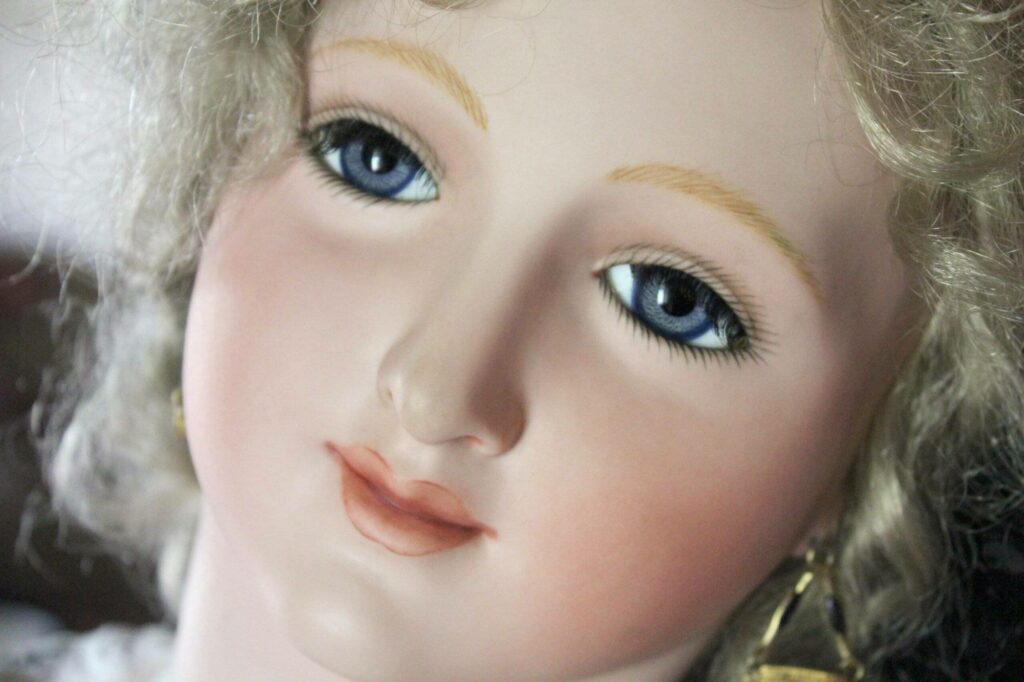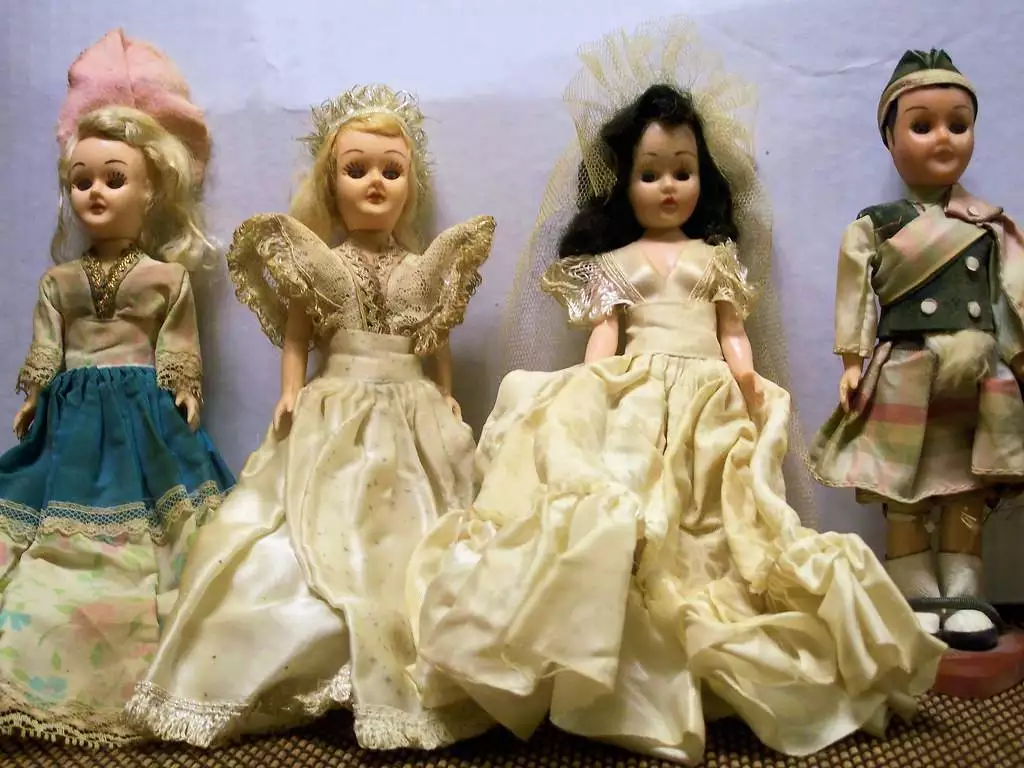Making a clock escapement
Making a clock escapement is a complex process that requires a lot of skill and precision. Here are some general steps that can be taken

Antique dolls have always been an incredibly popular choice for antique dealers & collectors, primarily due to their ever-increasing value & the vast range of doll variations & doll makers we see across the globe.
Identifying an antique doll can become challenging if you’re not sure what you should be looking for, being careful with examining antiques to value is important, so let’s explore the top ways to correctly identify an antique doll, from clothing to original packaging.
An antique doll is a doll that was made during a certain time period. These dolls were typically made as a collectible and were used as a toys for children, or collectable pieces. These dolls were often made by professionals, such as seamstresses or upholsterers. However, they were also sometimes made by amateurs. Antique dolls often have markings or markings that indicate the year that they were made, so that you can identify when they were produced and by whom.
There is no set guidelines that a doll must follow in order to be considered antique and of value, however, some dolls are worth considerably more if they have any of the following;

Several types of antique dolls are commonly traded and collected as collectables. Most notably, the most collected style of dolls are bisque dolls. Bisque dolls are renowned for their realism, with skin-like colouring and realistic finishes, most traditional types of bisque dolls are German or French, originating in the mid 1800’s to early 1900’s.
Other types of dolls collected include Parian Dolls, also known as a Dresden doll. These types of dolls have cloth bodies, with porcelain heads. They are most commonly confused with traditional bisque dolls due to their similar features, however the main difference between the two types of dolls is their purpose, bisque dolls were created and sold as toys, intended to be purchased by adults for children. However, the Parian dolls were created as vintage dolls, intended for the traditional antique doll collector, they were dressed in the finest of doll clothing, made from the best materials of the time. The rarest Parian dolls are those with darker features (Brown & Black hair ) as most Parian dolls had blonde hair.
Whilst most collected dolls are valued based on their age, quality & history, there are also thousands of collectors of the classic Barbie doll, originally produced in 1959 by Mattel. Since then Barbie has delved into a world of different styles, designs & professions. Barbie Dolls are still in production today, and have continued to develop alongside culture changes & diversity, with the 2016 campaign ‘Barbie Fashionistas’ showcasing not the traditional Blonde, slim Barbie, but multiple different representations of ethnicity, weight & gender.
However, whilst Barbie dolls are not technically antiques, they hold an honourable mention, due to such a large following of collectors, who seek some of the rarest barbie dolls that can sell for quite a price at auction.
The most expensive Barbies sold include:

In the antique market, it is common for artists, designers & collectors to engrave, mark or simply date their pieces. For dolls, this is known as the manufacturers mark. There are a number of places that a doll can be marked. Most commonly it is on the back of their head, underneath the hairline nearer the neck
The doll maker marks will often include one of the following
You may also be able to find the doll mark on the dolls feet, shoulders, cloth body or stitched on to a tag. Unmarked dolls may still be of value, however you will need to visit a local antique dealer in order to receive an accurate price guide. It will also be difficult to sell your doll via online auctions or traditional auctions without the manufacturing details.
If you have an antique doll that you would like to identify, you should take some time to look up some information about the doll online. There are a number of websites that will provide you with information about the history of your doll. You can also try searching for information about your doll on social media websites. You can also try searching for information on the Internet. You can ask your local library or antique store. There are many websites that provide information about different types of collectables.
Making a clock escapement is a complex process that requires a lot of skill and precision. Here are some general steps that can be taken
Antique clock restoration is a meticulous process that requires a great deal of patience and skill. The process involves disassembling the clock, cleaning each component,

Hi my name is James I have a long history of selling exceptional antique clocks and watches all over the world. I also offer a full clock & watch repair & restoration service.
Vintage Clocks © 2025. All rights reserved.